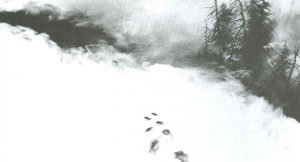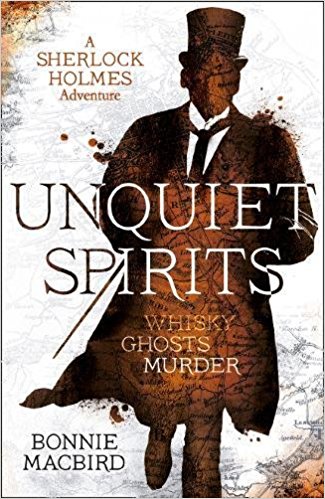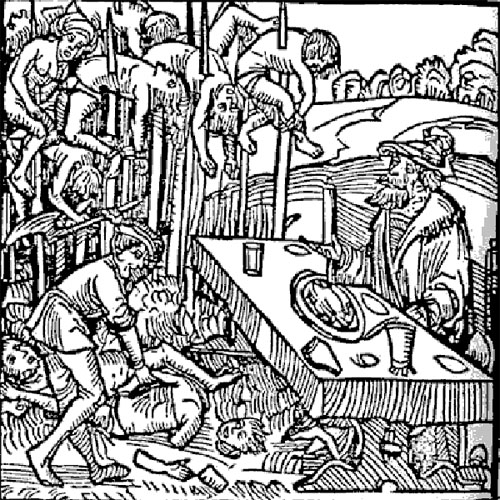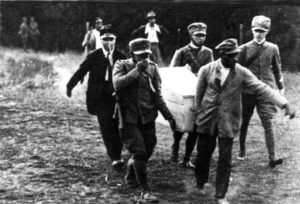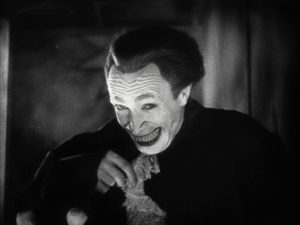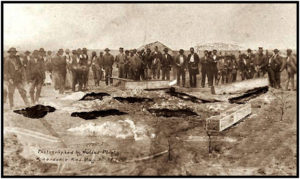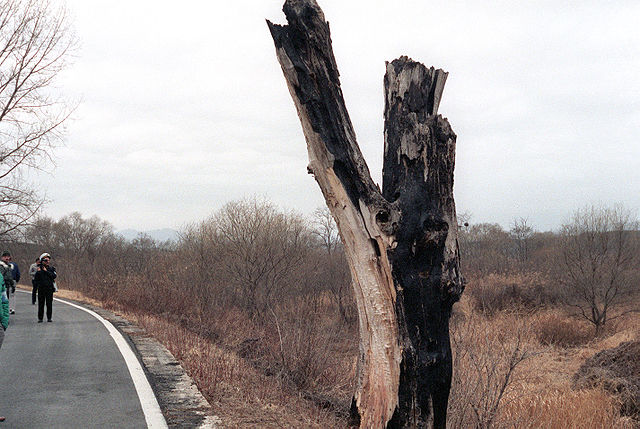One of the most famous and bloody incidents in samurai history is the story of the 47 ronin, a group of masterless samurai who extracted bloody revenge on behalf of their dead lord. The actual events of the incident are hard to parse out, as the facts of the events have been occluded by popular culture, drama, reinterpretation, and retelling. What we do know for sure is that in 1701 the daimyo of Ako (a domain near modern Osaka) was forced to kill himself after assaulting a courtier, Kira, in Edo. After the lord was dead, his various samurai were suddenly unemployed, and forty-seven of them planned revenge.
The traditional telling of the story is that Kira was supposed to instruct Asano in the ways of etiquette at the Shogun’s court, and that Asano was supposed to bribe him in order to be treated well. Kira was dissatisfied with Asano’s bribe, insulted the young lord, and, in a fit of rage, Asano drew his short sword and wounded the etiquette instructor. After Asano’s death, his samurai took it upon themselves to finish what Asano had started, and vowed to kill Kira.
The image below is a probably stylized rendering of Asano, the lord of Ako, drawing his weapon on Kira in a fit of rage.

Podcast: Play in new window | Download
Subscribe:
